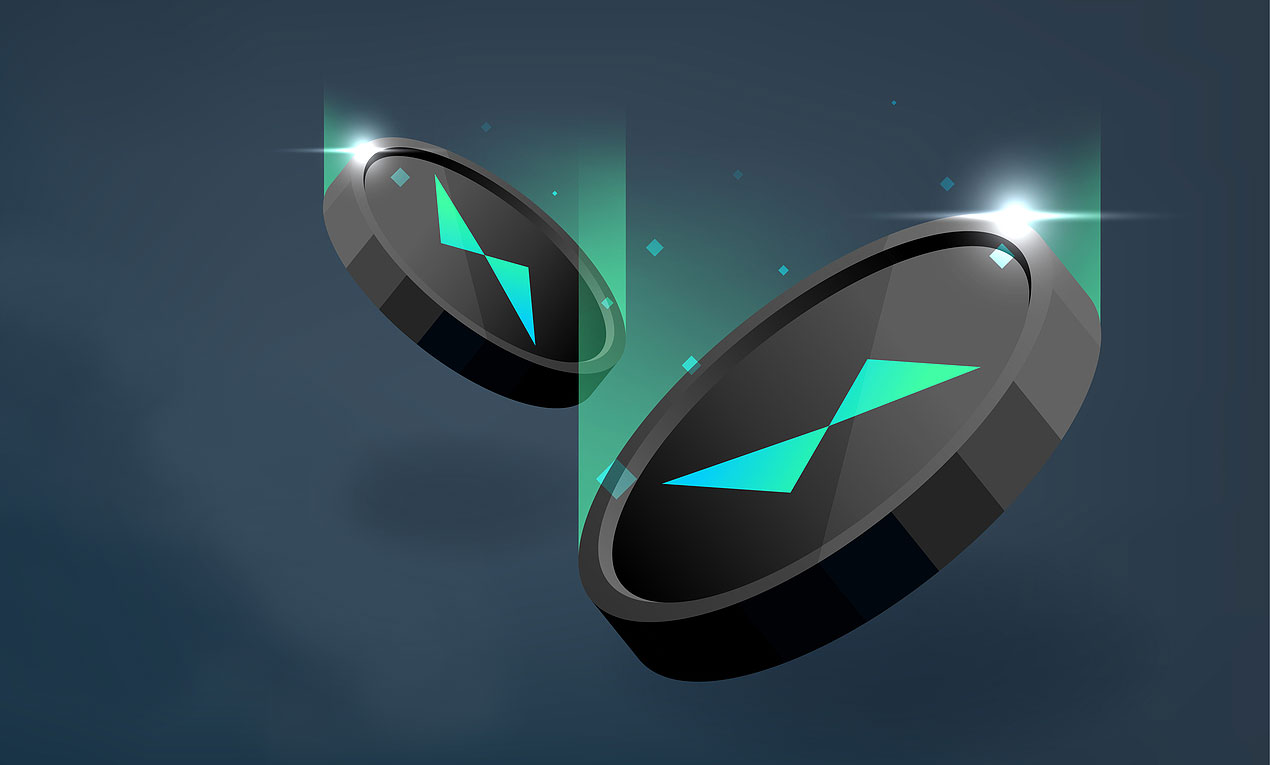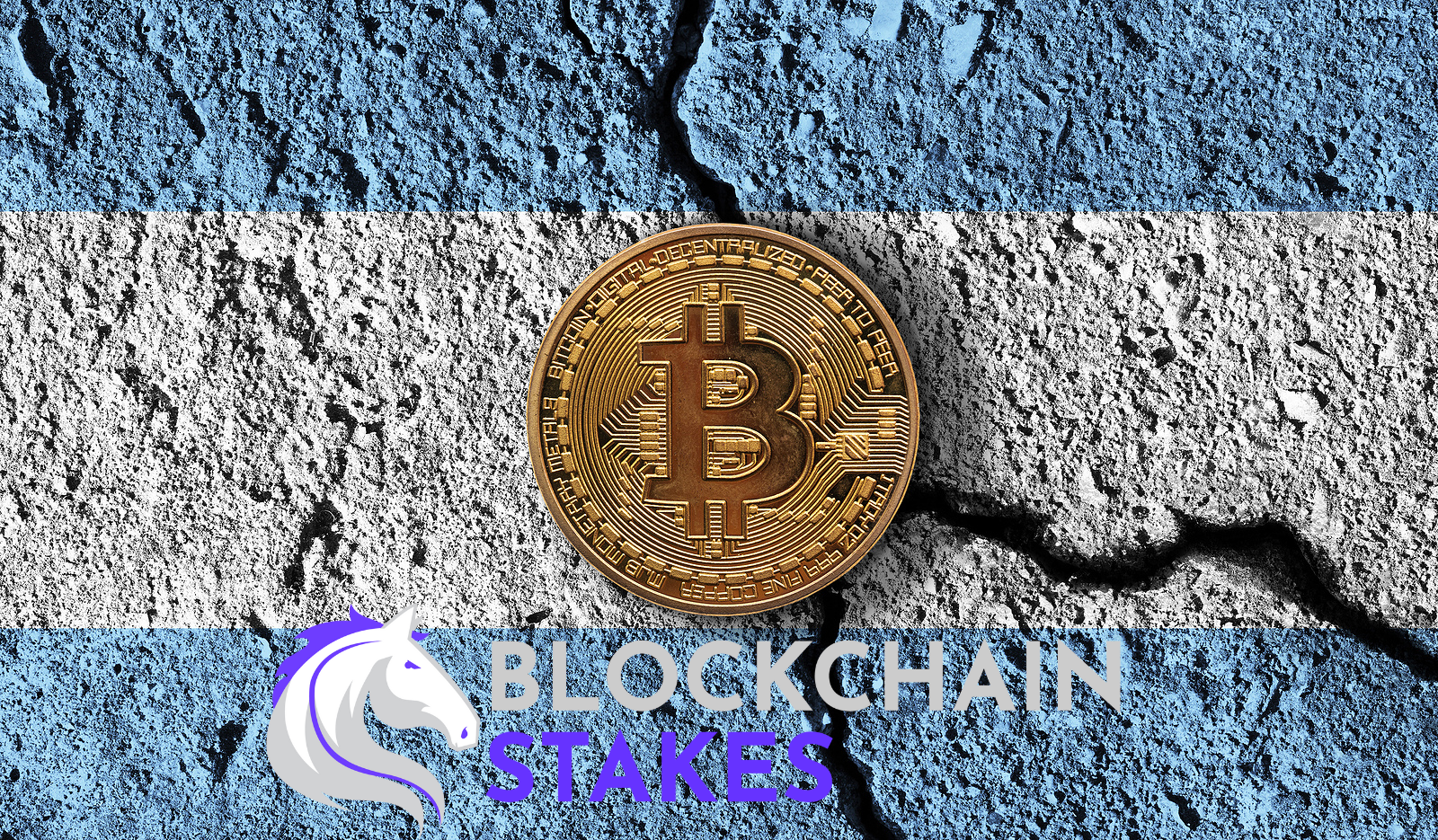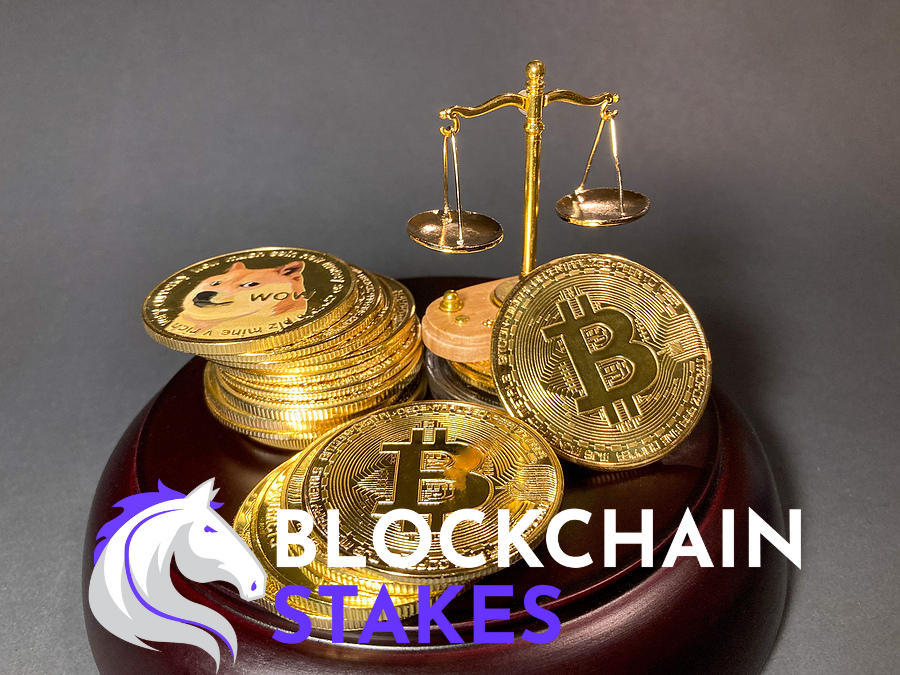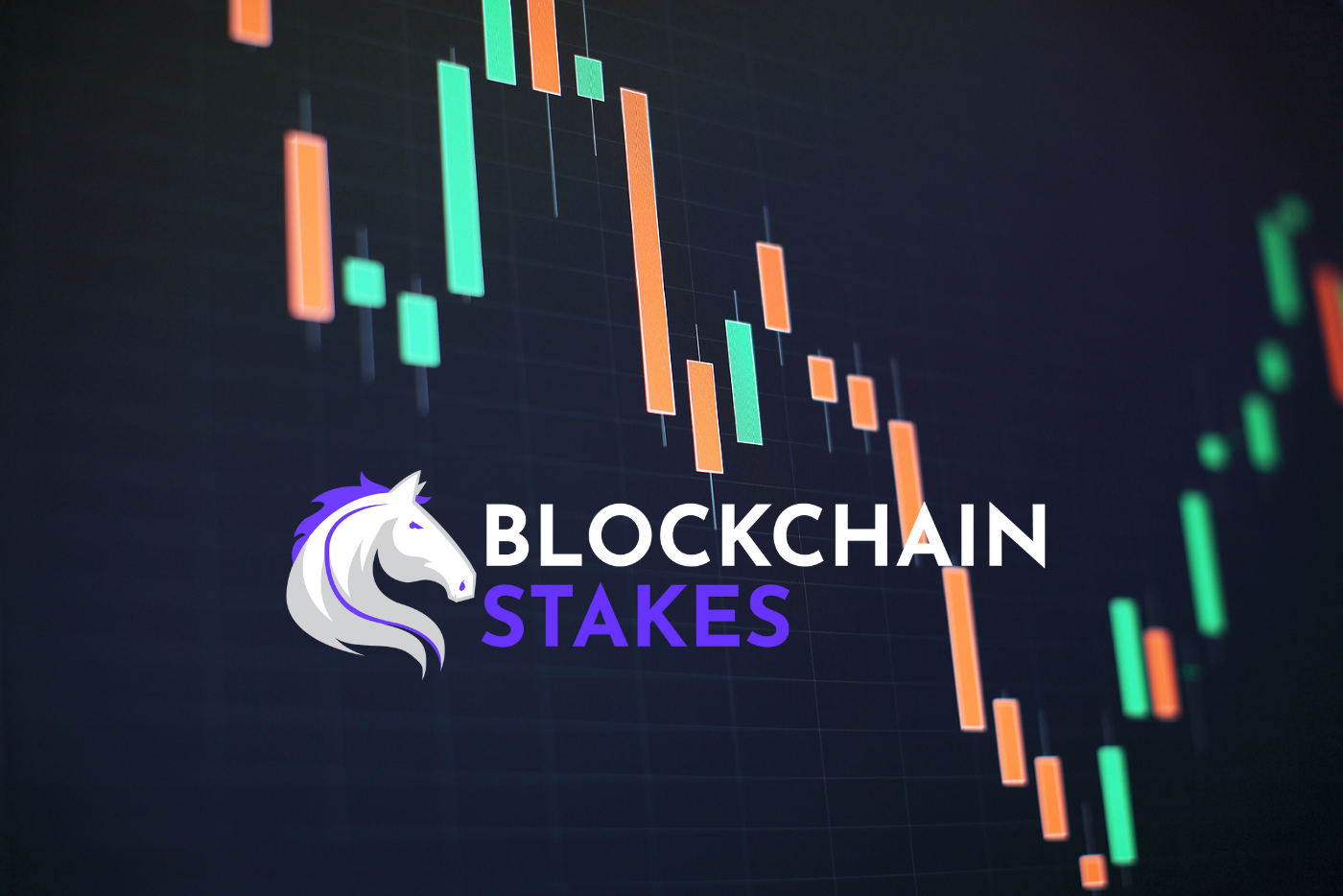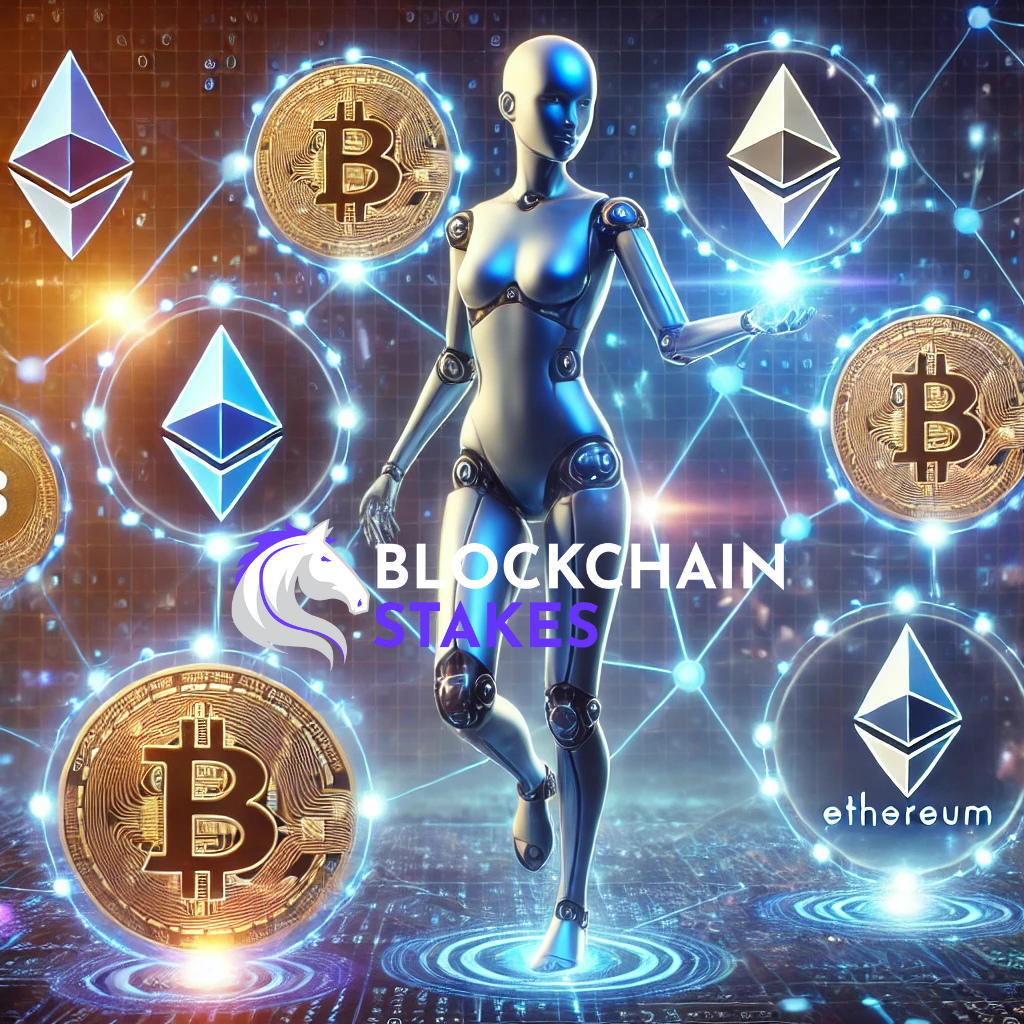Introduction
Decentralised finance (DeFi) is a rapidly expanding field that gives people unprecedented access to financial services without the use of conventional middlemen. Thorchain is one of the many initiatives advancing the DeFi revolution that distinguishes out as a special and dynamic platform. We’ll examine the fundamentals of Thorchain, its fundamental ideas, features, and prospective effects on the DeFi environment in this extensive manual.
What Is Thorchain?
A decentralised liquidity protocol called Thorchain is intended to make cross-chain and cross-asset exchanges possible. It was established in 2018 by a group of developers with the goal of offering consumers looking to swap digital assets across various blockchain networks a seamless experience. The main goal of Thorchain is to establish a decentralised market for assets and liquidity.
Cross-Chain Compatibility
Thorchain’s cross-chain interoperability is one of its distinctive qualities. Thorchain is made to support assets from many blockchains, including Bitcoin (BTC), Ethereum (ETH), Binance Coin (BNB), and many others, in contrast to many other DeFi projects that are restricted to a single blockchain. Regardless of their original blockchain, users can access liquidity and exchange assets more easily because to interoperability.
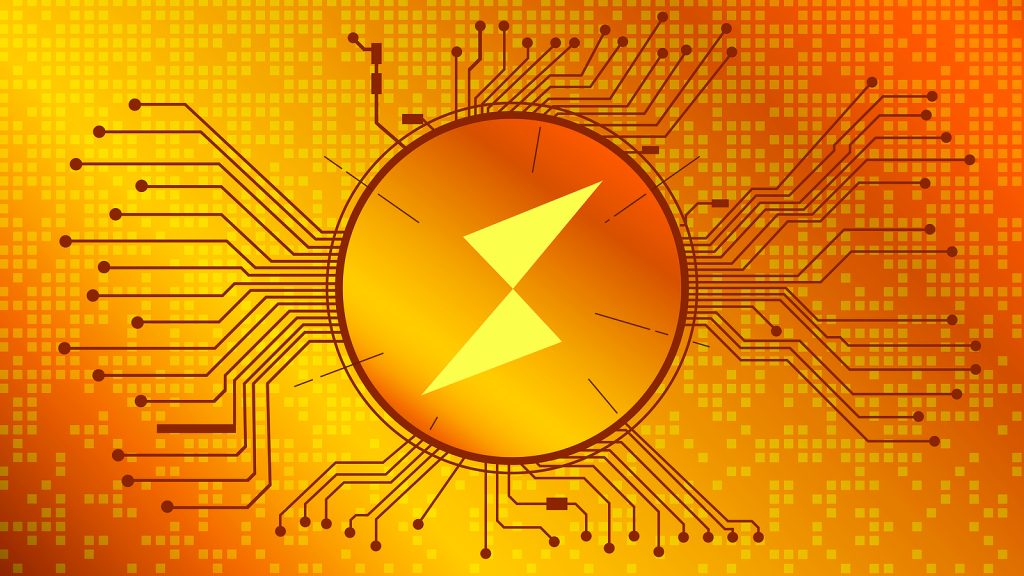
The BEPSwap Ecosystem
The BEPSwap decentralised exchange (DEX), which functions as a component of the Thorchain network, is the centre of the ecosystem for Thorchain. Users can exchange assets between blockchains using BEPSwap without using centralised exchanges or middlemen. The risk of censoring is diminished by this decentralised strategy, which also improves security.
How Thorchain Works?
It’s important to comprehend the main elements and procedures involved in order to comprehend how Thorchain functions.
Thorchain’s network is made up of nodes, which are used for a variety of things. By suggesting and approving transactions, validators are in charge of protecting the network. Additionally, they are essential to the consensus process that maintains the blockchain’s integrity. Bonders: In order to fund the network’s liquidity pools, bonders secure assets (RUNE tokens) as collateral. In exchange, they receive a portion of the trading commissions earned by those pools. Stakers: Stakers contribute liquidity by putting money into the pools of Thorchain. Trading commissions and RUNE tokens are their benefits. Observers: By ensuring the accuracy of transactions and block production, observers keep an eye on the network and uphold transparency.
Liquidity Pools
Users deposit their assets in the liquidity pools on Thorchain to enable swaps. Anyone can take part in these pools, which are made up of a pair of assets (like BTC/ETH). Users who contribute assets to these pools are compensated with LP (liquidity provider) tokens, which represent the assets they contributed. Depending on the supply and demand for the assets in the pool, the value of LP tokens may change. Users who supply liquidity are rewarded with a share of the trading commissions made within the pool.
Cross-Chain Swaps
One important characteristic that sets Thorchain apart from previous DeFi efforts is its cross-chain swap mechanism. The Thorchain network enables cross-chain swaps by employing a network of nodes to transport assets between blockchains when a user requests one.
The process can be summarized as follows:
1. A user sends a swap request with the source and destination assets to the Thorchain network.
2. By directing the assets through liquidity pools and carrying out the required conversions, Thorchain’s nodes facilitate the swap.
3. After that, the assets that were exchanged are delivered to the user’s designated destination address on the target blockchain.
By enabling frictionless asset transactions between blockchains, this strategy lowers the complexity and hazards of centralised exchanges.
3: The Role of RUNE Tokens ?
The native utility coin of Thorchain, RUNE, is very important to the ecosystem.
Collateral and Security: Bonders utilise RUNE tokens as collateral to protect the network. Bonders risk losing their staked RUNE tokens in the event of a fraudulent or incorrect transaction, motivating them to operate in the network’s best interest.
Governance
Owners of RUNE tokens have voting privileges on the Thorchain network. Token holders can propose and vote on network upgrades, parameter changes, and other significant decisions that have an impact on how the ecosystem functions thanks to this governance feature.
Rewards
RUNE tokens are given as rewards to users who contribute liquidity to Thorchain’s liquidity pools (by staking assets and earning LP tokens). Users are encouraged to join the network by these benefits, which are derived from the trading fees made within the liquidity pools.
Benefits and Challenges of Thorchain?
The DeFi ecosystem gains from Thorchain in a number of ways, but it also has some drawbacks.Interoperability A key benefit of Thorchain is its cross-chain compatibility, which enables users to trade assets between other blockchains without relying on centralised exchanges. Thorchain’s node-based architecture increases decentralisation, lowering the danger of censorship and central points of failure. The liquidity offered by Thorchain’s pools enables effective asset shifting with little slippage, which is advantageous to traders.
Security: A strong and secure ecosystem is made possible by Thorchain’s financial incentives and network security safeguards.
Challenges
Thorchain’s cross-chain swap process can be complicated for novices, which could make adoption more difficult. Regulatory Issues: As Thorchain develops, it may encounter regulatory obstacles and compliance problems, like many DeFi projects do.
Competition: There are several projects vying for users’ attention and liquidity in the fiercely competitive DeFi industry.
Future Potential of Thorchain
Thorchain offers a smooth and decentralised means to exchange assets across several blockchains, with the potential to completely transform the DeFi landscape. The project may address its problems and broaden its user base as it develops and grows. In conclusion, Thorchain, which offers cross-chain compatibility, decentralisation, and better liquidity, is an intriguing advance in the DeFi space. Despite its difficulties, the initiative is worth keeping an eye on as the DeFi ecosystem develops because of its creative strategy and committed community.
Thorchain is a useful tool for smooth cross-chain asset swaps and a demonstration of the power of decentralised finance. Keep this in mind as you dive deeper into the world of DeFi. Thorchain has the potential to be a big player in the financial future thanks to its distinctive features and room for expansion. When taking part in DeFi ventures, keep in mind to do extensive study and use caution as the industry is renowned for its dangers and volatility. Before making an investment in any cryptocurrency or DeFi project, always make educated judgements and take competent financial advice into consideration.
Key Takeaways
Thorchain is a powerful player in the ever-evolving decentralised finance (DeFi) industry thanks to its cross-chain compatibility, decentralised liquidity pools, and native utility currency RUNE. It serves as a tribute to the innovation that is constantly reshaping the financial sector as well as the promise of blockchain technology. We have examined the essential ideas and operations of Thorchain in this extensive guide. With regard to its nodes, liquidity pools, and the use of RUNE tokens, Thorchain offers a cutting-edge DeFi solution that addresses some of the most pressing issues in the cryptocurrency sector. It allows users to easily exchange assets between several blockchains, decreasing reliance on centralised exchanges and fostering financial independence.













